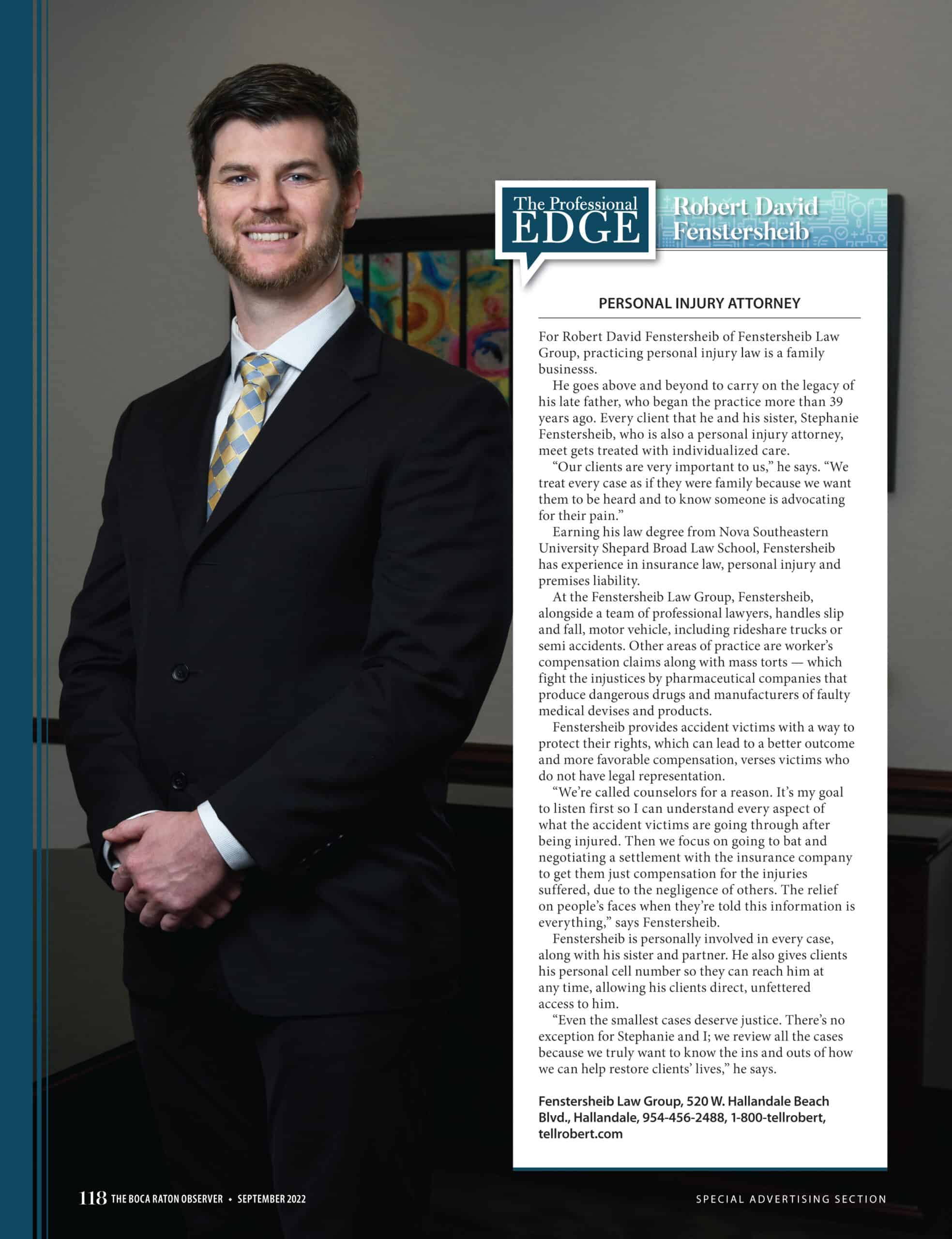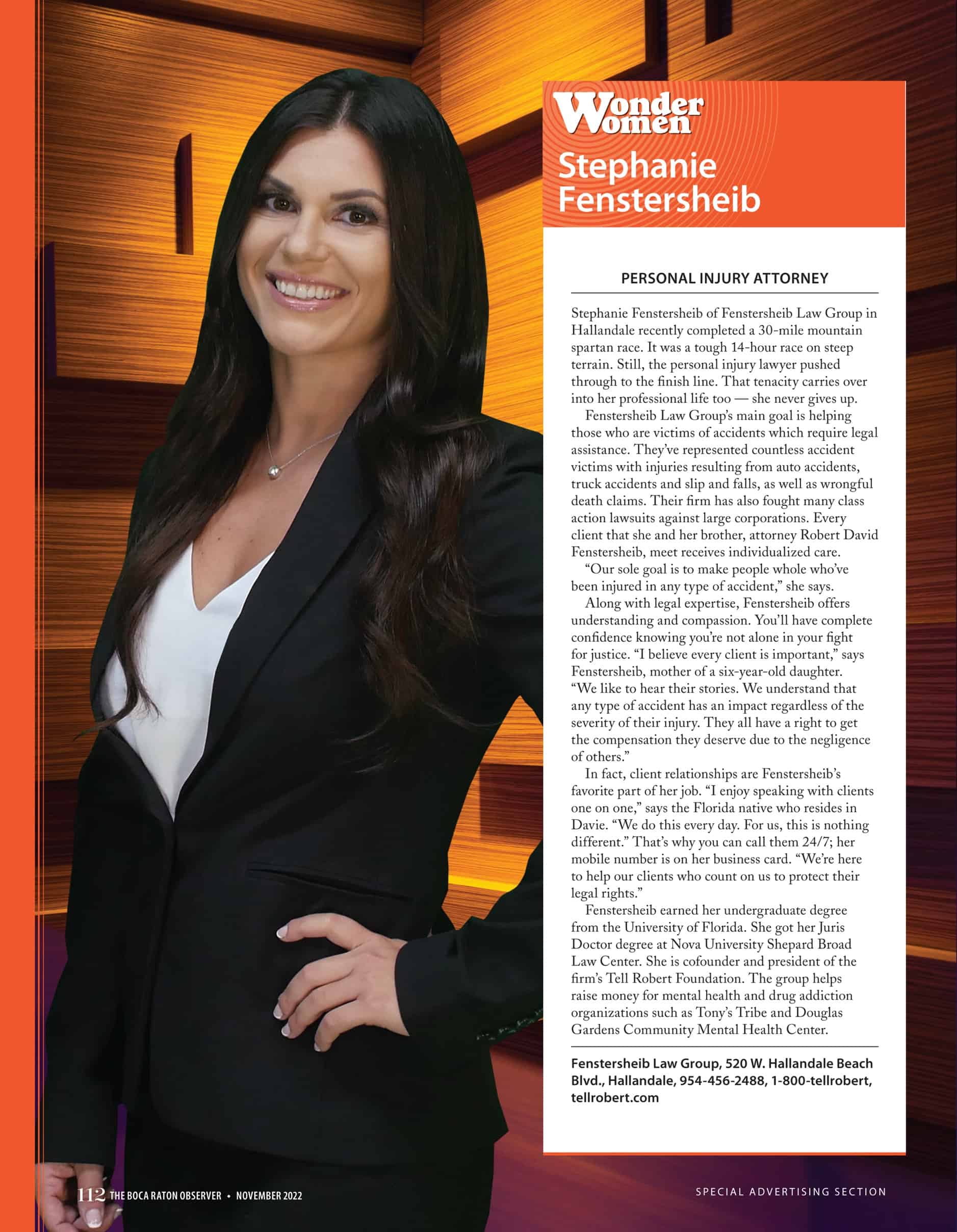The future is here. It may come as a surprise to some, but self-driving Ubers have already been zipping around in select cities since December of 2016. Uber is very proud of their autonomous vehicle program and Uber officials believe that it will increase road safety, claiming that autonomous driving may decrease traffic deaths by 94% by eliminating human error. If those numbers hold true, traffic fatalities in the U.S. could drop from 40,000 per year to just 2,400; thus, it’s easy to see why Uber is enthused about the possibilities.
However, progress was halted after the widely publicized autonomous Uber accident last year that resulted in a fatality. After that accident, Uber removed their fleet from the roads. Currently, testing continues at an undisclosed location somewhere in the greater Pittsburgh area, with the expectation that autonomous Uber vehicles will return to the roads in the near future.
Testing, Testing, And More Testing
On that fateful day in Tempe, Arizona, Elaine Herzberg obviously had no idea that she would succumb to injuries from a self-driving vehicle and cement her place in history as the first autonomous vehicle fatality. The tragic death created a stir and caused Uber, and the public, to consider safety issues closely. Ms. Herzberg, a pedestrian, was struck while simply crossing the street when an Uber in autonomous mode hit her without even braking before impact. Examination of the Uber vehicle after the accident revealed an infrared sensor in the front of the vehicle had malfunctioned. This sensor should have detected Ms. Herzberg and caused the vehicle to brake and stop, but it did not, and Ms. Herzberg was struck.
It should be noted that this particular Volvo model was altered by Uber; they removed the model’s built-in emergency braking system to, “reduce potential for erratic vehicle behavior.” In these potential accident scenarios, the intended solution is for the person behind the wheel to react and take over command of the vehicle, but unfortunately for Ms. Herzberg, that person at the wheel was distracted by their phone and did not react to the emergency situation at all.
Ms. Herzberg’s death was a wake-up call for Uber, forcing them into a new round of design and testing to implement backup failsafes that could prevent other tragedies from occurring in the future. Moving forward, Uber and Volvo worked together to build backup systems for their new model’s braking, steering, and battery power systems. The new model has been engineered to come to a complete stop if any of those systems fail.
The Autonomous Vehicle: A New Chapter, A New Model
One thing that hasn’t changed for the new model is Uber’s choice of Volvo as the auto manufacturer to work with. The newly redesigned line of autonomous Ubers will continue to use Volvo’s popular SUVs—now specifically Volvo’s XC90 luxury SUV, with a base price of about $50,000. The new design has a roof-mounted black cylinder that spins, continually detecting stationary markers such as fire hydrants and telephone poles, etc. In the vehicle’s back seat, passengers can view a display screen that will show them precisely how the program analyzes the surrounding area in order to pinpoint the vehicle’s location within the preset course.
While the new line can be fully autonomous, it still offers a human driving option, with a steering wheel and pedals, to allow for a human driver to override the system in the case of an emergency. Much work was done regarding backup safety systems at the Pittsburgh testing facility, with Uber even adding a second safety driver during their safety reviews to monitor the overall awareness, in response to last year’s fatal accident in which the human driver didn’t react to prevent the collision.
Additionally, the newly redesigned testing model will feature a button for the passenger to press that will cause the vehicle to immediately find a safe pull over spot. The new feature allows the passenger to have more control. And with testing being performed at no greater than 25 miles per hour, these new Volvo models will have additional decision-making time during operation. Uber expects to put the newly redesigned models into real traffic later this year, in San Francisco and Toronto.
Here Today & Coming Soon: Testing Of Other Devices
Uber’s testing expansion will soon include other machines and vehicles as well, notably—electric aircraft. The electric aircraft will be similar to helicopters and will become Uber’s air taxi service that company officials predict will launch sometime in 2023. Uber expects to begin testing these short-ride air taxis as early as 2020.
And as expected, Uber will be testing delivery drones as well, designed to deliver food through the company’s Uber Eats division. With faster food delivery due to zero traffic delays, the drones will quickly deliver food to specified landing zones at which point an Uber employee would then take the food and deliver it to the intended recipient’s doorstep.
Finally, Uber will be continuing their push into the electric scooter industry with sturdier models featuring larger wheels and an improved braking system to allow for a more stable ride. Uber hopes that the sturdier models will suffer less breakage, and thus save the company money.
With so much in development Uber has their work cut out for them, as much testing needs to happen in the near future on all their product lines. And Uber must be aware that the flying equipment especially could pose certain dangers, thus Uber needs to spend a considerable amount of time in development and design to ensure safety.
An accident involving a human-driven Uber can create a complicated legal situation, but the autonomous Ubers take that complication to the next level. If you or someone you know has been involved with any type of rideshare accident, contact us right away; we can help. Our attorneys are skilled in the area of rideshare litigation; we’ll protect your rights and work to get you the maximum compensation if you’ve been injured.


